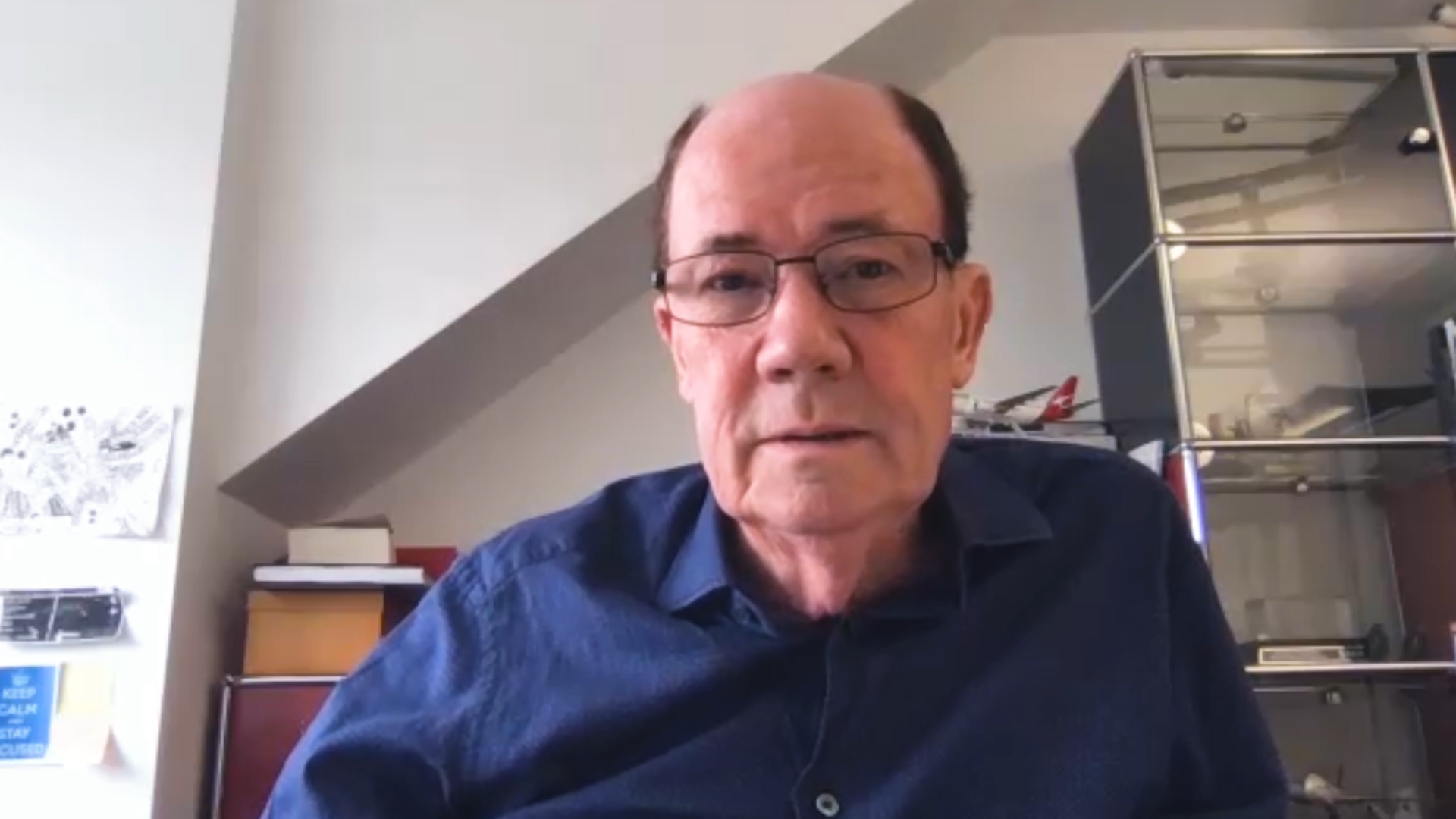
Managing a Hub-and-Spoke Network
Former Chief Strategy and Planning Officer at Etihad Airways
inpractise.com/articles/managing-hub-and-spoke-network
Why is this interview interesting?
- How airlines shuffle capacity throughout the network to meet demand
Wayne Pearce
Former Chief Strategy and Planning Officer at Etihad Airways
Interview Transcript
Can we step back to 2008? You’re at Etihad in a strategic role. What were you focusing on? What were the core principles and factors you were really focusing on, once you’d realized you were going to survive and Etihad were going to be fine, because of the Gulf state and the oil?
In the beginning, it was just, how do we minimize this? We had a fleet of about 40 aircraft at that time; fortunately, it wasn’t too big. We had gone to the trouble of building a very effective hub and spoke network. So it was staring at it and, very quickly, coming to the conclusion of that paradigm that I was discussing earlier – if you cut a flight, where do you put it? It didn’t stack up. On top of that, we had a lot of extra aircraft coming in; almost one a month. They were three wide bodies for every one and a half narrow bodies. So we had to drive a long-haul network and the long-haul network had to feed itself.
I was obsessed with saying, when the next aircraft come on, I’ve got to put one onto Europe and one onto Asia. Or if I put one onto Australia/New Zealand or one onto America, I’ve got to balance it on the other side. I was just continually saying, where’s the strongest points of origin and where do they go? That was our obsession. The thing I’ve learnt from the very beginning is, just live in the data. Analyze it, understand real value, don’t get down into the grass roots too much, and we were just trying to do our best to get by.
We were price aggressive. We did have a strong marketing budget and we kept the marketing budget up and I think that was very important. But it shifted from brand to tactical. More price, today’s flight, hot destination, great deals, and we got out of it quicker than I thought and I was very pleased with that.
My experience in running a large British travel agent, for eight years, while it was on a tiny, tiny margin and had a massive volume, taught me that lesson. You had to really understand where value was and chase it all the time and live on it, day by day. That’s what I’d encourage anyone to do. Don’t fall into the trap of sitting around talking about what you think; live on your data. Do what you learnt at university. Go away and research and write papers, based on what the empirical information tells you. If you don’t do that, you’re going to get into a lot of hot water and it’s a lot harder and a lot more expensive to get out of it than you can imagine.
How did you approach managing your fleet, when you were trying to manage demand and manage these orders that you had committed to?
One of the really big things in an airline is, you’ve got multiple aircraft types. In those days, we had the 777-300ER, which had about 360 people on it and we used that for the big people routes, down to Manila and Bangkok, where there were huge volumes of traffic and it was a small business class and a big economy. We had some aircraft that we configured with three classes that we’d use, for example, for Heathrow. A big first class, a very big business and a smaller economy. It was very much a case of trying to match the right aircraft with the right product, for the right market and make sure that what it connected to could carry it.
Copyright Notice
This document may not be reproduced, distributed, or transmitted in any form or by any means including resale of any part, unauthorised distribution to a third party or other electronic methods, without the prior written permission of IP 1 Ltd.
IP 1 Ltd, trading as In Practise (herein referred to as "IP") is a company registered in England and Wales and is not a registered investment advisor or broker-dealer, and is not licensed nor qualified to provide investment advice.
In Practise reserves all copyright, intellectual and other property rights in the Content. The information published in this transcript (“Content”) is for information purposes only and should not be used as the sole basis for making any investment decision. Information provided by IP is to be used as an educational tool and nothing in this Content shall be construed as an offer, recommendation or solicitation regarding any financial product, service or management of investments or securities.
© 2025 IP 1 Ltd. All rights reserved.


